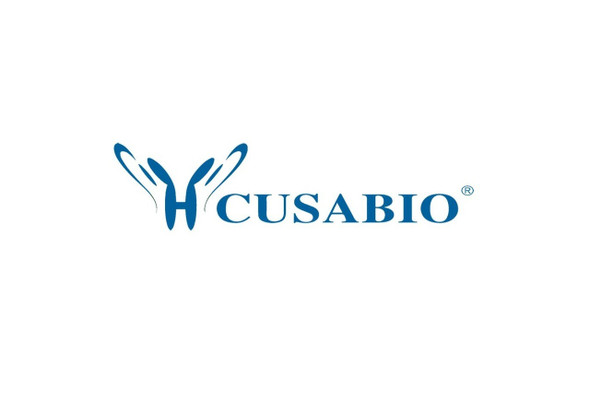Cusabio Polyclonal Antibodies
FASLG Antibody, HRP conjugated | CSB-PA008434LB01HU
- SKU:
- CSB-PA008434LB01HU
- Availability:
- 3 to 7 Working Days
Description
FASLG Antibody, HRP conjugated | CSB-PA008434LB01HU | Cusabio
FASLG Antibody, HRP conjugated is Available at Gentaur Genprice with the fastest delivery.
Online Order Payment is possible or send quotation to info@gentaur.com.
Product Type: Polyclonal Antibody
Target Names: FASLG
Aliases: Tumor necrosis factor ligand superfamily member 6 (Apoptosis antigen ligand) (APTL) (CD95 ligand) (CD95-L) (Fas antigen ligand) (Fas ligand) (FasL) (CD antigen CD178) [Cleaved into: Tumor necrosis factor ligand superfamily member 6, membrane form; Tumor necrosis factor ligand superfamily member 6, soluble form (Receptor-binding FasL ectodomain) (Soluble Fas ligand) (sFasL) ; ADAM10-processed FasL form (APL) ; FasL intracellular domain (FasL ICD) (SPPL2A-processed FasL form) (SPA) ], FASLG, APT1LG1 CD95L FASL TNFSF6
Background: Cytokine that binds to TNFRSF6/FAS, a receptor that transduces the apoptotic signal into cells. May be involved in cytotoxic T-cell mediated apoptosis and in T-cell development. TNFRSF6/FAS-mediated apoptosis may have a role in the induction of peripheral tolerance, in the antigen-stimulated suicide of mature T-cells, or both. Binding to the decoy receptor TNFRSF6B/DcR3 modulates its effects.
Isotype: IgG
Conjugate: HRP
Clonality: Polyclonal
Uniport ID: P48023
Host Species: Rabbit
Species Reactivity: Human
Immunogen: Recombinant Human Tumor necrosis factor ligand superfamily member 6 protein (103-281AA)
Immunogen Species: Human
Applications: ELISA
Tested Applications: ELISA
Purification Method: >95%, Protein G purified
Dilution Ratio1:
Dilution Ratio2:
Dilution Ratio3:
Dilution Ratio4:
Dilution Ratio5:
Dilution Ratio6:
Buffer: Preservative: 0.03% Proclin 300
Constituents: 50% Glycerol, 0.01M PBS, PH 7.4
Form: Liquid
Storage: Upon receipt, store at -20°C or -80°C. Avoid repeated freeze.
Initial Research Areas: Cell Biology
Research Areas: Cell biology;Immunology;Stem cells






